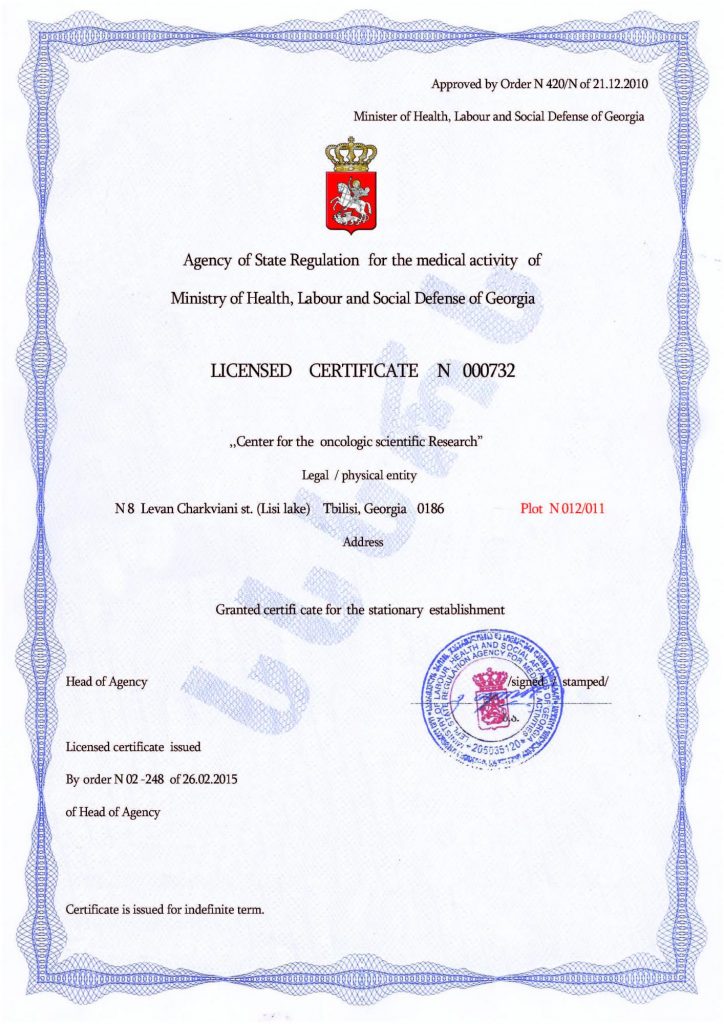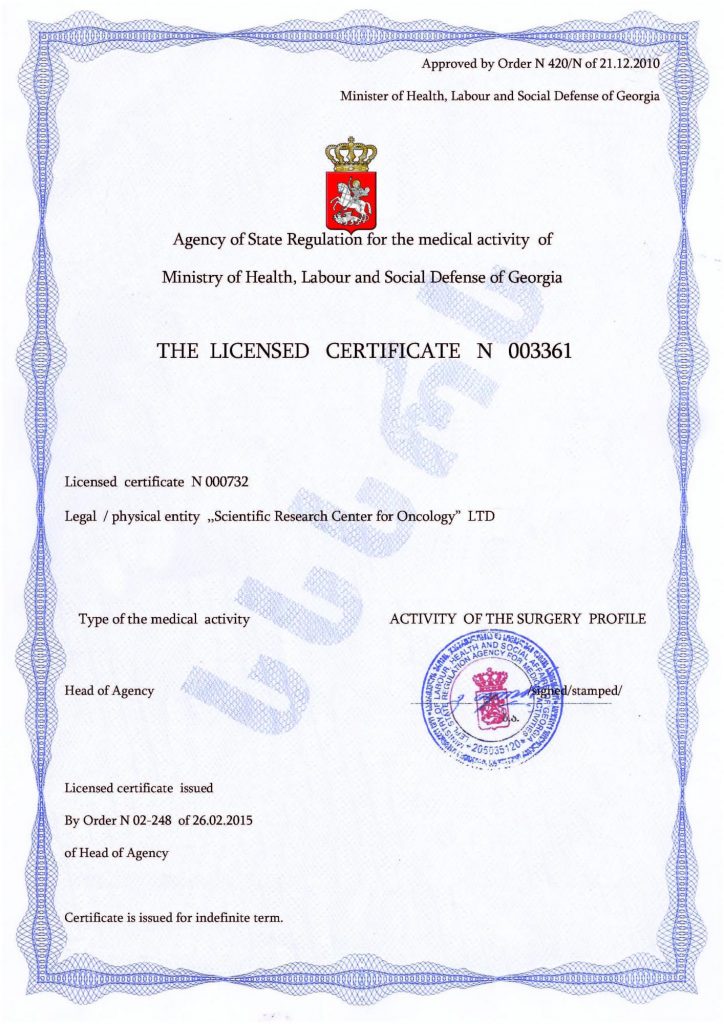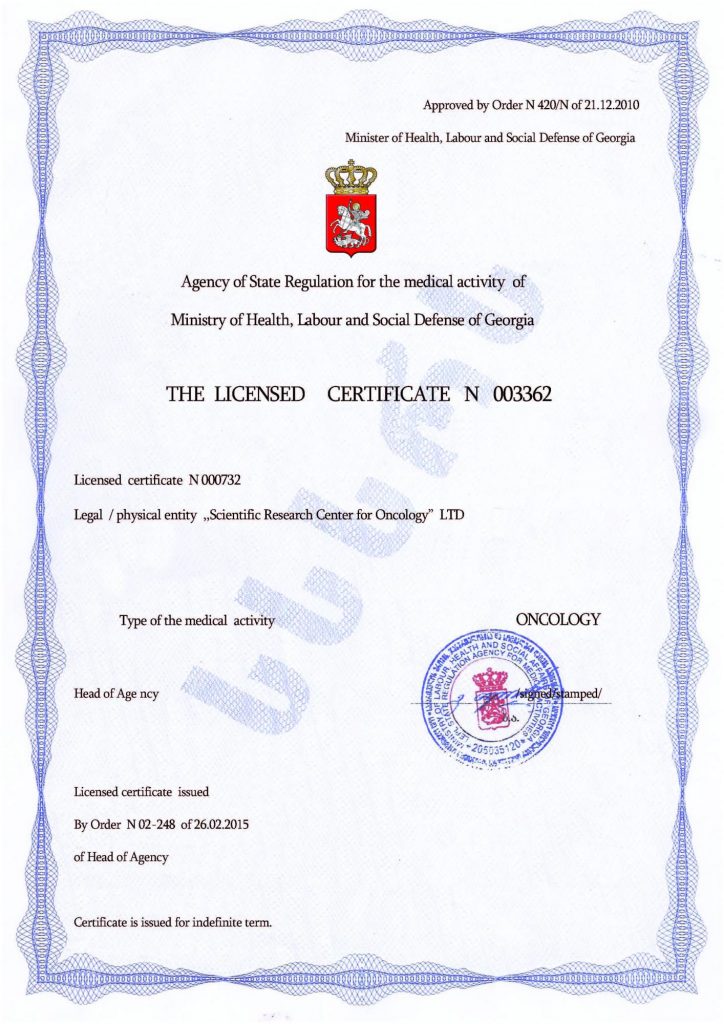Assistive Technologies in Autism
When talking about autism, it is important to remember that it encompasses a wide range of unfavorable neurological conditions that manifest in underdeveloped communication skills, repetitive behaviors, disruptions in verbal and non-verbal communication, sensory sensitivity, and medical issues such as gastrointestinal disorders, insomnia, seizures, and various mental health problems. These are caused by genetic and environmental factors, or a combination of both. Every autistic person faces unique challenges that vary in severity. Therefore, some may need support in daily life, while others need it to a lesser degree or not at all.
There are many basic therapeutic methods, but assistive technologies also play a significant role. They are primarily used to address communication problems in people with autism. Augmentative and alternative communication (AAC) is a type of assistive technology that helps improve communication skills, social interaction, and promotes the development of independence. Modern tools for implementing this approach include the internet and mobile devices, smartphones, and tablets, which can help autistic individuals tackle their challenges and acquire communication skills necessary to express their thoughts and feelings. This ultimately reduces anxiety and decreases the likelihood of undesirable behaviors. In general, assistive technologies help accomplish several tasks.
- Developing and Improving Communication Skills
This is the most common goal of assistive technologies. They help restore lost communication skills or enhance acquired ones. Several apps, with a variety of features, are available for this task. They are suitable for both individuals with developed verbal communication and those who are non-verbal. - Schedules with Visual Cues
These can be created on any mobile device to help a child complete scheduled tasks and better navigate the daily routine. A set of pictures can serve as reminders for tasks such as hygiene routines, homework, and so on—from brushing teeth in the morning to putting on pajamas before bedtime. Such schedules help maintain discipline, provide confidence that predictable events will occur at the same time, and reduce anxiety. Overall, they can teach a child important life skills. - Ability to Express Oneself
For non-verbal autistic individuals who have difficulties with communication, assistive technologies provide a way to express their needs. Specifically, mobile apps help point to objects using a smartphone or tablet. The child learns to assert their interests, which is an important factor in the development of self-awareness. - Motivation Tools
As a reward for completing tasks or demonstrating good behavior, parents can give a child more time to play their favorite game. This can serve as positive reinforcement since children usually enjoy games on devices such as smartphones and tablets. - Video Modeling
Videos that show how to complete a task step by step provide visual stimulation for learning important skills. Using a tablet or smartphone allows the child to learn multiple skills at once.
Assistive technologies are highly useful as additional tools for autism correction, skill development, and accelerating overall growth. However, they cannot address the root cause of the disorder itself. Currently, only cell therapy is capable of doing this—an advanced, safe, and natural method for combating autism and its symptoms that is significantly more effective than all other methods.
Stem cell transplantation, taken from the patient to avoid rejection, leads to the transformation of these cells. They become healthy counterparts to damaged cells and replace them, normalizing the function of the brain and nervous system. This result lasts for many years, and often permanently, which, in the long term, increases the effectiveness of additional correction methods.
Cell therapy, which was developed not long ago, is now widely recognized and may become the primary approach in the future. Leading clinics worldwide, including the Mardaleishvili Medical Center, use this method, which is equipped with state-of-the-art technology. The center’s specialists have received excellent training, possess high qualifications, and extensive practical experience. The services provided meet the highest global standards and are more affordable than in other countries. An additional advantage is the assistance provided with trip planning, accommodation arrangements, and other aspects.
Cell therapy is a high-tech solution to problems caused by autism!
Autism Treatment Center Videos
Autism treatment with own stem cells
Cord blood association congress
International Quality Crown
Autism Treatment Reviews
Autism treatment with own stem cells
The story of Alessandro (6 years old)
Autism Patient Testimonial - Stem Cell Treatment
Clients Testimonials
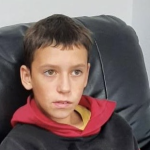
Feedback from Igor, David’s father (12 years old) Read More

Feedback from Olga, Fedya’s mother Read More
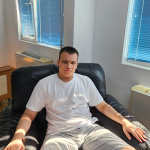
Feedback from Natalia, Radomir’s mother (15 years old) Read More
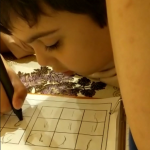
Feedback from Esther, Samuel’s mother (8 years old) Read More
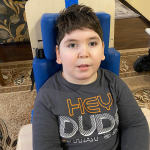
Feedback from Abibe, Selim’s mother (7 years old) Read More









